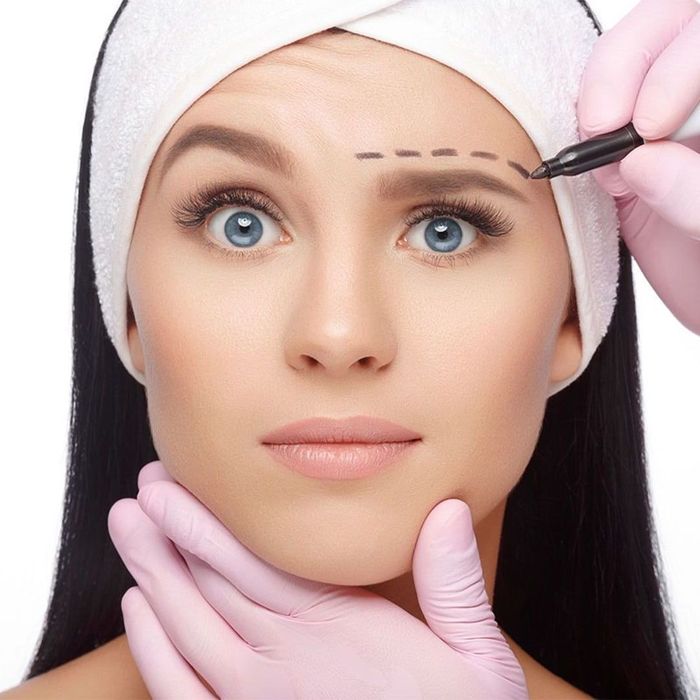
Eyebrow lift procedure is a cosmetic procedure done to lift the eyebrows upward. This procedure is usually done to
correct the appearance resulting from the descent or sagging of eyebrows that occurs during the aging process. The
procedure can use various different methods to lift and tighten the eyebrows.
Eyebrow lift procedure can be done using different methods. These methods may include surgical procedures, filler
injections, Botox injections, or fractional radiofrequency (gold needle) procedures. The method selected for the
procedure is determined based on the patient's individual needs, preferences, and goals.
Surgical procedures include eyebrow lift surgery, which is typically done by removing a portion of the skin around the
eyebrows while preserving the natural structure of the eyebrows. This method results in longer-lasting effects on the
lift.
On the other hand, Botox injections or filler applications provide a more superficial and shorter-term effect. Botox
temporarily paralyzes the muscles, causing the eyebrows to lift while reducing wrinkles around the eyebrows. Filler
injections, on the other hand, help to make the brow line more defined, therefore contributing to an upward lift.
The procedure can be performed on any male or female individual. However, it is more commonly preferred for individuals who have sagging or age-related eyebrow drooping. Additionally, individuals who feel uncomfortable with the natural shape or structure of their eyebrows can also opt for this procedure.
The recovery process after eyebrow lift procedure can vary depending on the selected method and individual healing pace.
Surgical eyebrow lift procedure typically requires a longer recovery period. Swelling, bruising, or mild pain may occur
after the procedure. Following the recommended recovery guidelines will help speed up the healing process. This
typically involves applying ice, rest, using appropriate medications, avoiding exposure to sunlight, and scheduled
check-ups.
The recovery period after the operation can last from a few days to a few weeks, and full recovery may take a bit
longer. Although the healing process after the procedure may vary from person to person, generally the patient can
typically return to their daily activities shortly after the procedure.



